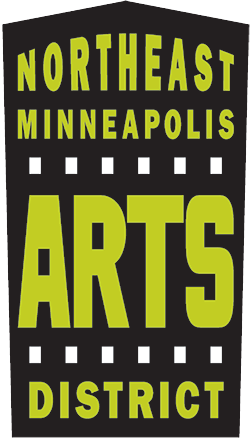Graffiti walks a fine line between vandalism and art. When embraced as a legitimate art form, it has the power to beautify public spaces, empower youth, and spark meaningful conversations. The positive impacts of graffiti culture were on full display July 27 at the fourth annual Gondola Project, where artists and graffiti students reimagined active train cars as mobile canvases of creativity and community spirit.
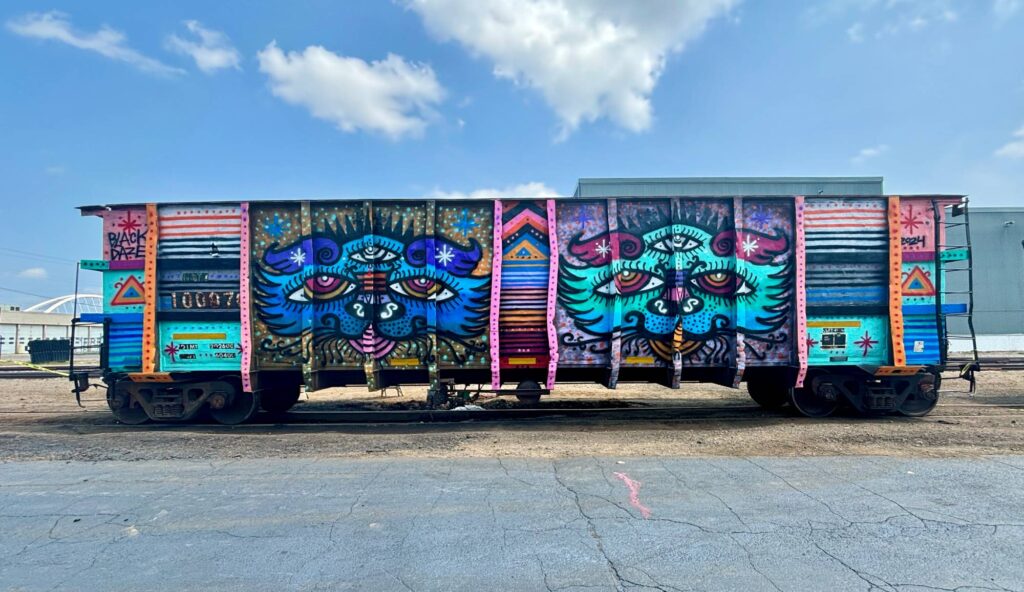
This year’s Gondola Project, hosted by Sprayfinger, returned with the support of Alliance Recycling Group and United Art Supply for a two-day graffiti jam that turned four working freight trains into rolling works of art. These “gondola” cars, volunteered by Alliance Recycling Group, were covered in “whole car” murals before embarking on a transnational commute, transporting 80 tons of steel bound for recycling at mills across the country.
From the northern plains of Minnesota to the rolling hills of Kansas and the rugged terrain of Texas, these gondolas will share their art with everyone they encounter for years to come.
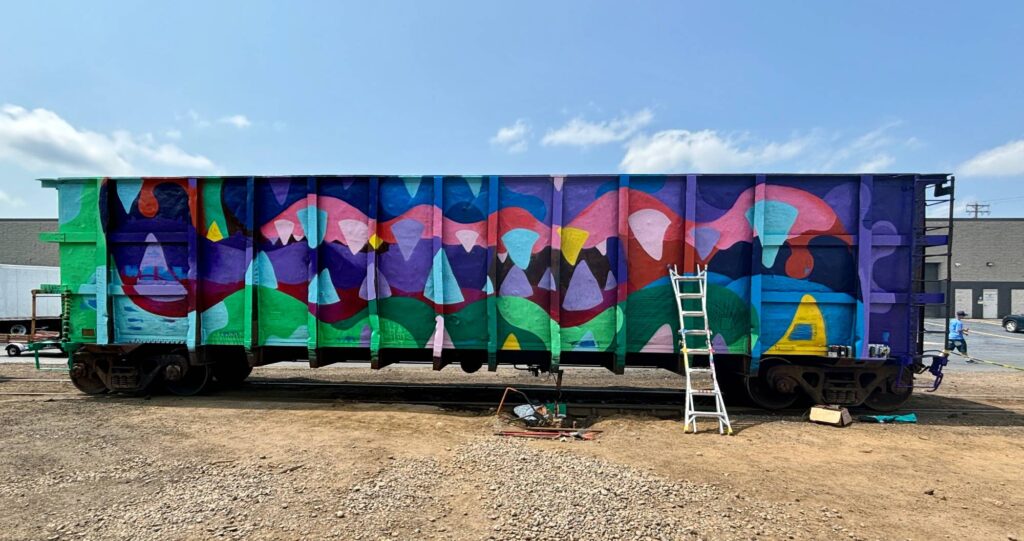
“A lot of our customers work at the steel mill, loading and unloading these cars, and they really appreciate having these great works of art,” said Thomas Rogers, VP of Marketing at Alliance Recycling. “When you see a work of art like that go by, it puts a smile on your face,” Rogers added.
These gondola cars, many of which have endured decades of exposure to the elements, are often unsightly—rusty, dirty, and covered in graffiti tags. Yet, within the graffiti community, there exists a mutual respect. “Once they’re painted, nobody touches them. They stay these beautiful works of art,” Rogers explained.
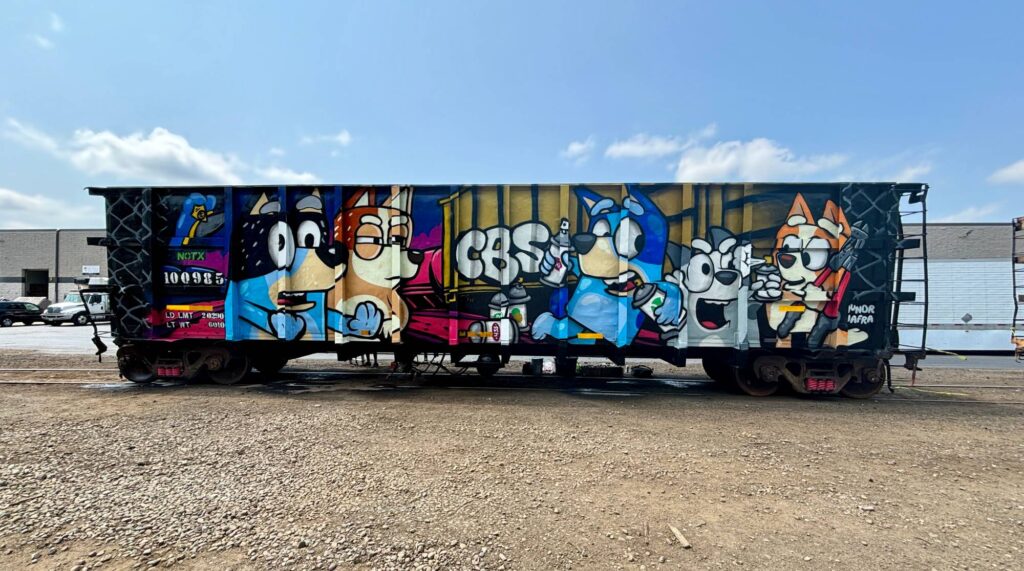
“Graffiti is technically anything that involves defacing someone’s property,” explained Cybin, a local artist and mentor at Sprayfinger. “But here, we’re showing that you don’t always have to do illegal stuff with spray paint.”
Minneapolis’s annual Gondola Project offers a sanctioned space for artists to paint trains in broad daylight. Though initially met with hesitation within the graffiti community, the event has rapidly gained acceptance, thanks in no small part to the pioneering efforts of Peyton Scott Russell, Minneapolis’s oldest active graffiti artist and founder of Sprayfinger.

The community event echoes the tagline of the current Keith Haring exhibit at the Walker Art Center, “art is for everybody,” highlighting graffiti’s evolution from an act of defiance to a celebrated form of cultural expression.
The Gondola Project represents a watershed moment in public art as the first legal, live paint jam on operational freight trains in the United States. This event honors graffiti culture while fostering art education and meaningful community connections.
Young participants, many of whom have advanced through Sprayfinger’s educational graffiti camps, work alongside seasoned artists from across the country, exploring the art of graffiti in a supportive environment. “This gives us a place to explore graffiti as an art form without risking our lives,” shared one student.
The graffiti camps are a cornerstone of Sprayfinger’s mission to provide art education to Twin Cities youth. “These kids are part of the advanced camp,” Cybin continued. “We teach them how to use a spray paint can in an artistic way, and to further their artistic horizons. We try to steer them away from vandalism, but it’s inevitable some will be drawn to graffiti. So we provide a safe place to practice this kind of art so they don’t have to go out under bridges or trains.”
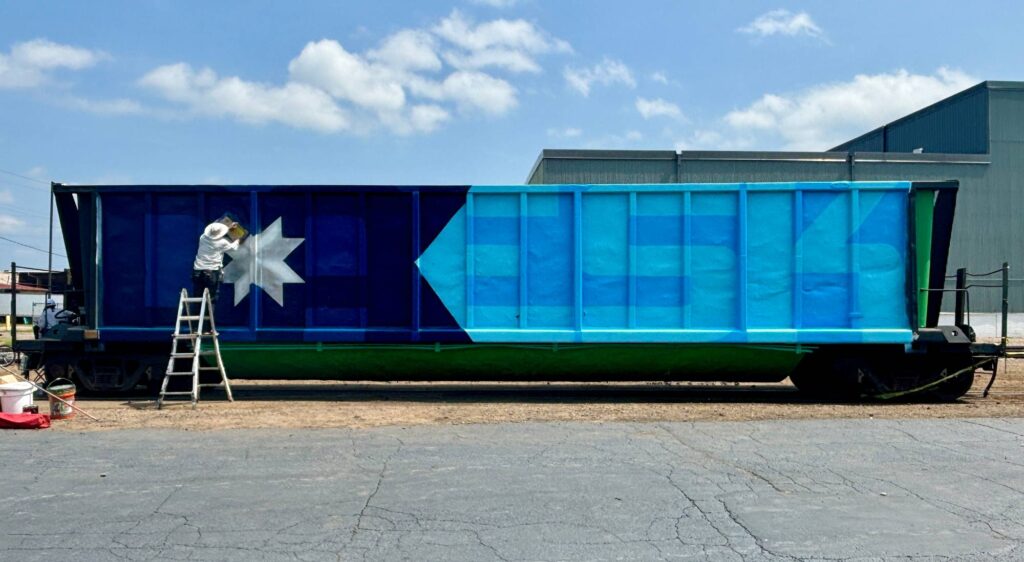
By providing a sanctioned space for artists to express themselves and students to learn, the Gondola Project not only challenges the negative stigma surrounding graffiti but also opens up fresh opportunities for collaboration between artists, local businesses, and youth.
As these painted gondolas traverse the nation, they carry with them the creativity and generosity of the Minneapolis graffiti community, serving as a reminder that the most powerful art is that which is shared with all.
By Jacob Dommer
